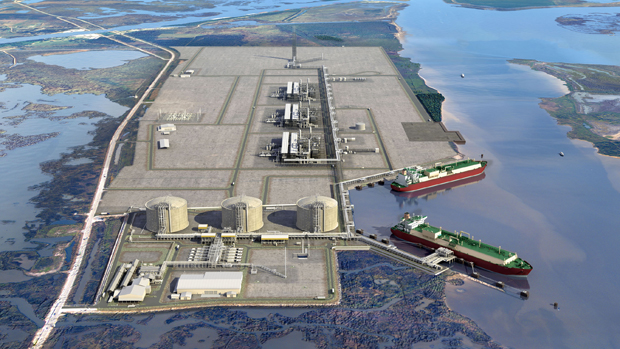Highlights
- Demand is dropping as summer gets underway in Europe
- Norwegian production is expected to fall on an annual basis over the coming weeks
- Storage levels remain below where they were at the same time in 2014
- Regional hub prices are falling as demand weakens
Economic overview
With further repayments due to the International Monetary Fund (IMF) at the end of the month, Greece continues to face challenges that threaten the eurozone’s stability.
Athens postponed a €300 million ($458 million) repayment to the IMF at the start of the month but is due to pay back €1.5 billion at the end of the month. The government must also pay €2.2 billion to pensions, public sector salaries and social securities. Negotiations are continuing, but the Greek government and its lenders have yet to reach an agreement on terms. Greece is running out of cash and time to agree a new EU-IMF bailout. The potential for Greece to leave the eurozone remains, as does the threat to the stability of the single currency and the economies of all the countries in the region.
GDP forecasts
| 2013 | 2014e | 2015f | 2016f | 2017f | |
| Euro Area | -0.4% | 0.9% | 1.5% | 1.8% | 1.6% |
| United Kingdom | 1.7% | 2.8% | 2.6% | 2.6% | 2.2% |
| Russia | 1.3% | 0.6% | -2.7% | 0.7% | 2.5% |
However, despite the instability a ‘Grexit’ would cause, growth is still expected in Europe this year. The European Central Bank raised its 2015 forecast for inflation in the eurozone to 0.3% in its June update, while its GDP forecast remains unchanged at 1.5%. If this is achieved, it will be the fastest rate of growth seen for the monetary union since 2011. The World Bank has also reaffirmed its outlook for GDP expansion in its latest forecast, with 1.5% growth expected this year. Despite this, gas demand will remain weak.



